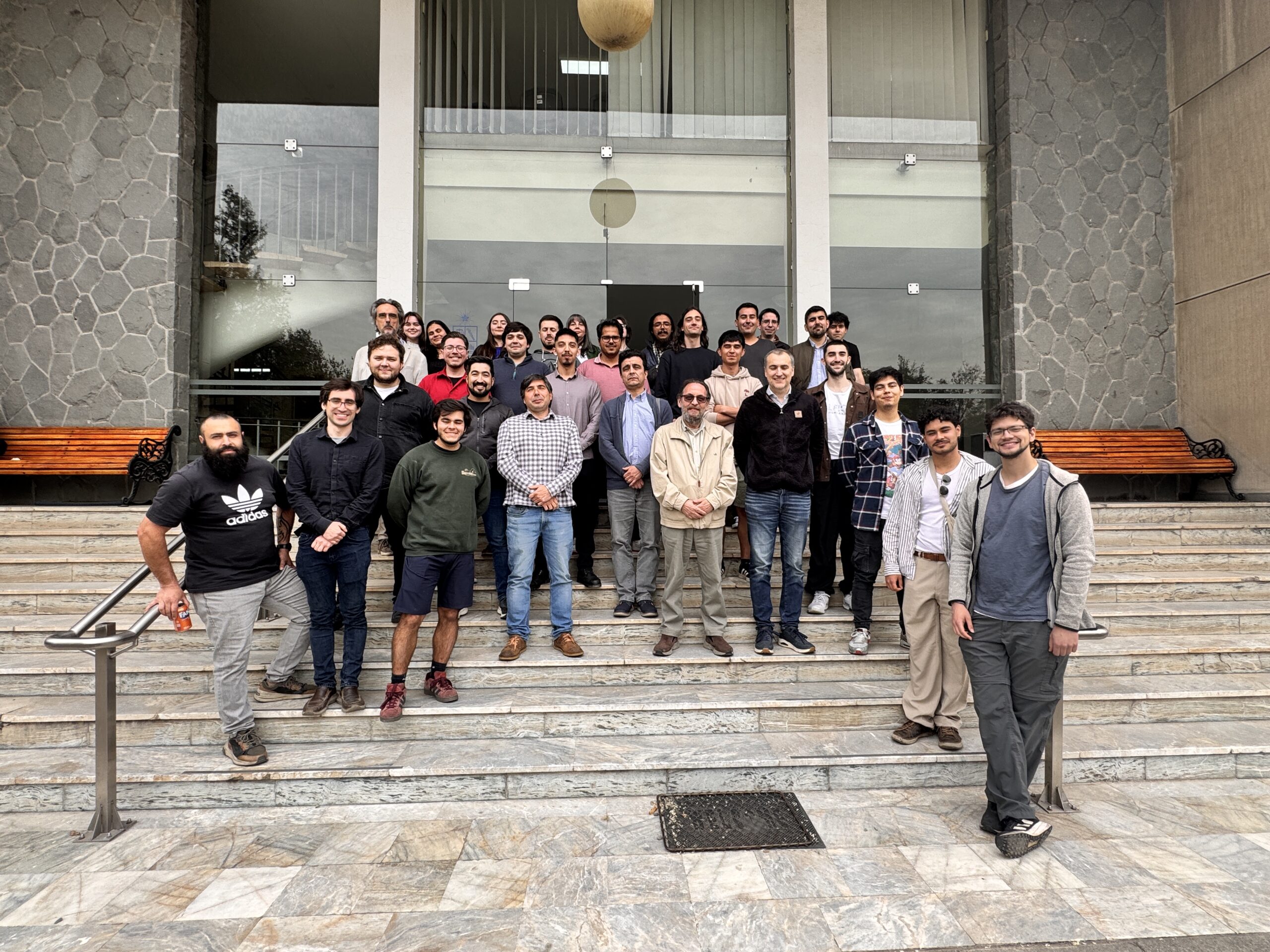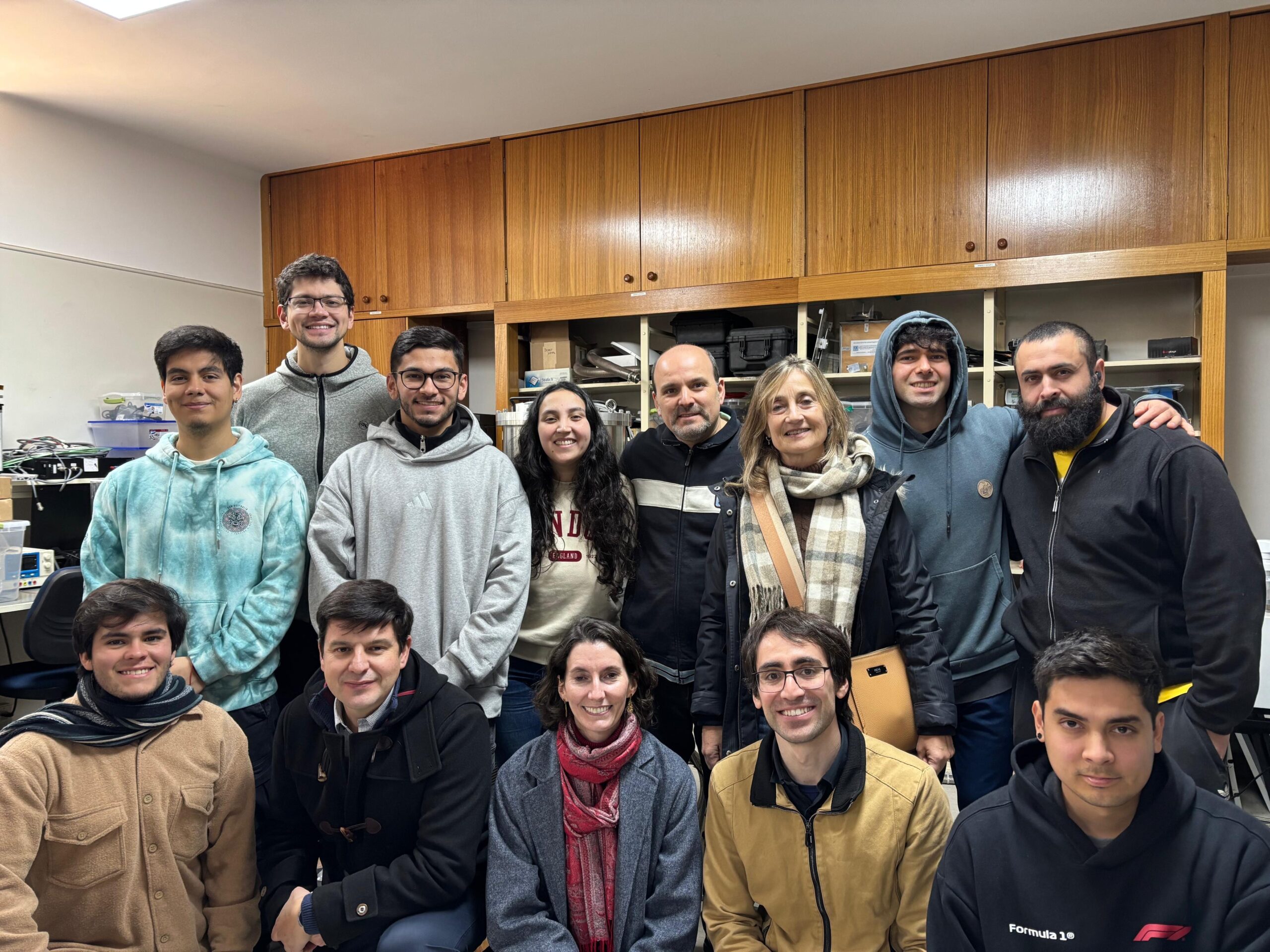
CATA Director strengthens ties in her second institutional tour
After her recent visit to the University of Concepción, Patricia Tissera, Director of the Center for Astrophysics and Related Technologies visited the Millimeter Wave Laboratory of the University of Chile, highlighting the strategic role of astronomy in national technology transfer.
Director Patricia Tissera made her second protocol visit to institutions associated to the Center, with the aim of consolidating institutional articulation, strengthening collaborative links and learning about the scientific and technological developments promoted by CATA in the field.
On this occasion it was the turn of the Millimeter and Submillimeter Wave Laboratory (MWL) of the University of Chile, located at the National Astronomical Observatory in Cerro Calán, dedicated to the development of instrumentation for radioastronomy. There, Tissera toured the facilities and learned in depth about the work of the team of astronomers and engineers behind projects that integrate science, technology and transfer.
“The tour included the high-level mechanical workshop, equipment for millimeter band measurements and test cryostats, as well as the digital equipment with FPGAs and spectrum analyzers. It was especially relevant to meet the people involved, both from science and engineering,” said the Director.
Regarding the technological developments that the CATA team is currently working on, Tissera highlighted three particularly innovative initiatives:
MAGIC: a magnetic induction communication system that allows text to be transmitted through solid materials, with applications in mining.
FRAMES: a volumetric grain measurement system using aerial photogrammetry.
SUSAN: a submersible device based on optical spectroscopy for the detection of red tide in ports and inlets.
“These projects show how technologies originally developed for the observation of the cosmos can be transformed into concrete solutions for challenges in our productive and environmental surroundings,” he said.
After her visit, the director highlighted the role of astronomy in technology transfer in Chile. “This area drives cutting-edge technological developments that can be adapted to multiple sectors. In the case of MWL, we are talking about cryogenic millimeter receivers, digital signal processing, advanced visualization systems, among others, with applications in health, security, environment and agriculture, among others,” she said.
He also pointed out that this synergy between basic science and the productive sector is already underway in Chile, and that the Center will seek to further deepen it. “Without science there is no long-term technology transfer. Investment in research is the basis of any sustainable innovation ecosystem,” he stressed.
During the visit, Tissera highlighted the main challenges we have to take astronomical technology to other productive sectors of the country. “There are several challenges at different levels. One of the main ones is scalability and local manufacturing: transforming laboratory prototypes into industrial products is a complex process that requires planning, investment and a receptive productive sector. Another key aspect is the management of intellectual property and licensing processes, which require clarity regarding patents and agreements between the different actors involved,” said the astronomer.
He added that the development of entrepreneurship and technology transfer from the astronomical field represents an additional challenge. “This implies advancing patiently and steadily in the construction of an ecosystem that favors collaboration between science, technology and industry, generating concrete benefits for all parties”.
Finally, the Director of CATA pointed out that these visits reinforce “our conviction in astronomy as an engine of innovation with a direct impact on our society. With the projects being developed jointly with our partner institutions, CATA demonstrates that technological frontiers go beyond the cosmos and translate into concrete solutions for Chile”.
Recent news
-
 Publicado el: 15/11/2025Leonids meteor shower 2025: What are they, when will they be visible from Chile, and what can we learn from them?
Publicado el: 15/11/2025Leonids meteor shower 2025: What are they, when will they be visible from Chile, and what can we learn from them? -
 Publicado el: 13/11/2025CATA researcher strengthens international ties during visit to the Center for Astrobiology in Madrid
Publicado el: 13/11/2025CATA researcher strengthens international ties during visit to the Center for Astrobiology in Madrid -
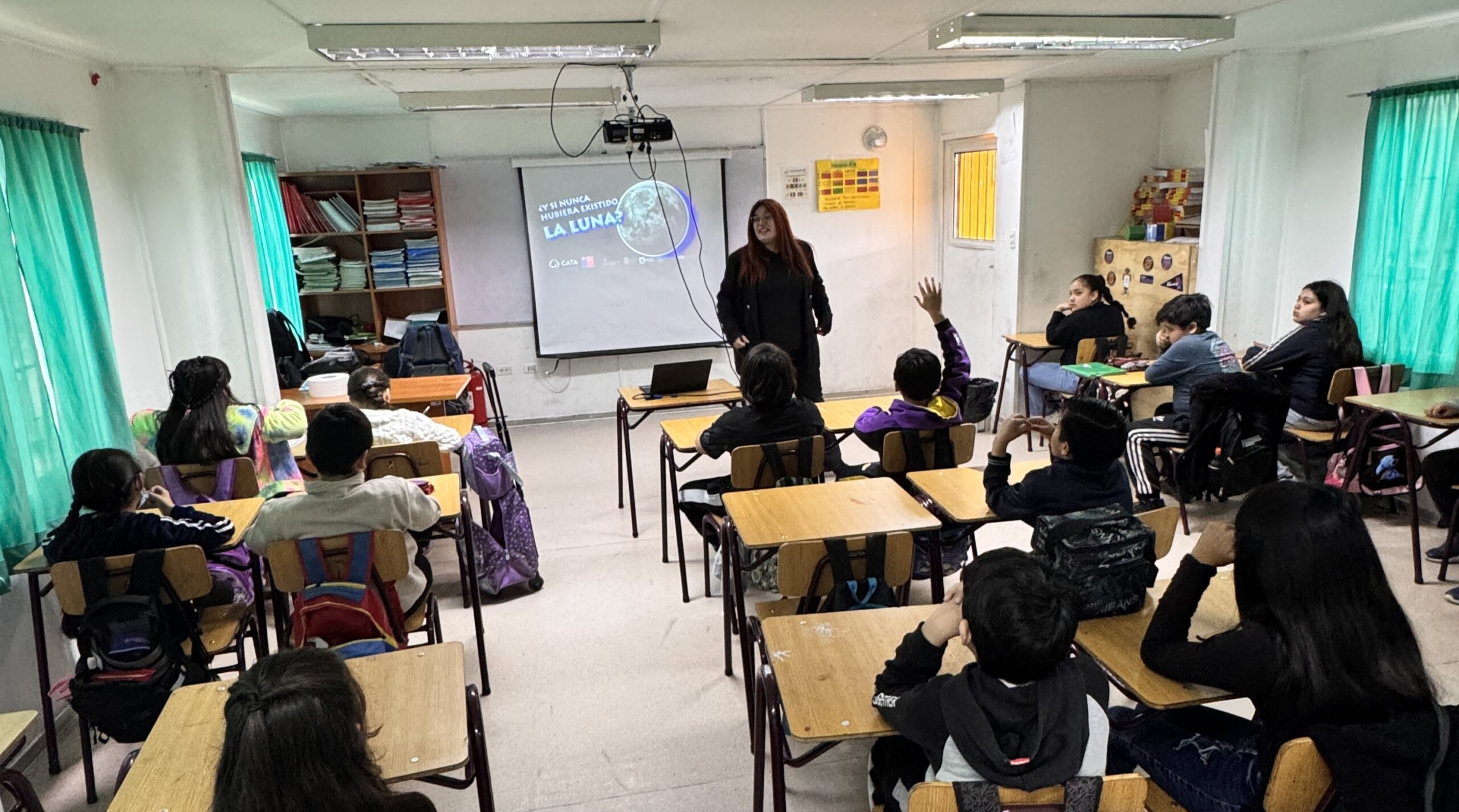 Publicado el: 12/11/2025Fourth graders learned what would happen if the Moon did not exist
Publicado el: 12/11/2025Fourth graders learned what would happen if the Moon did not exist -
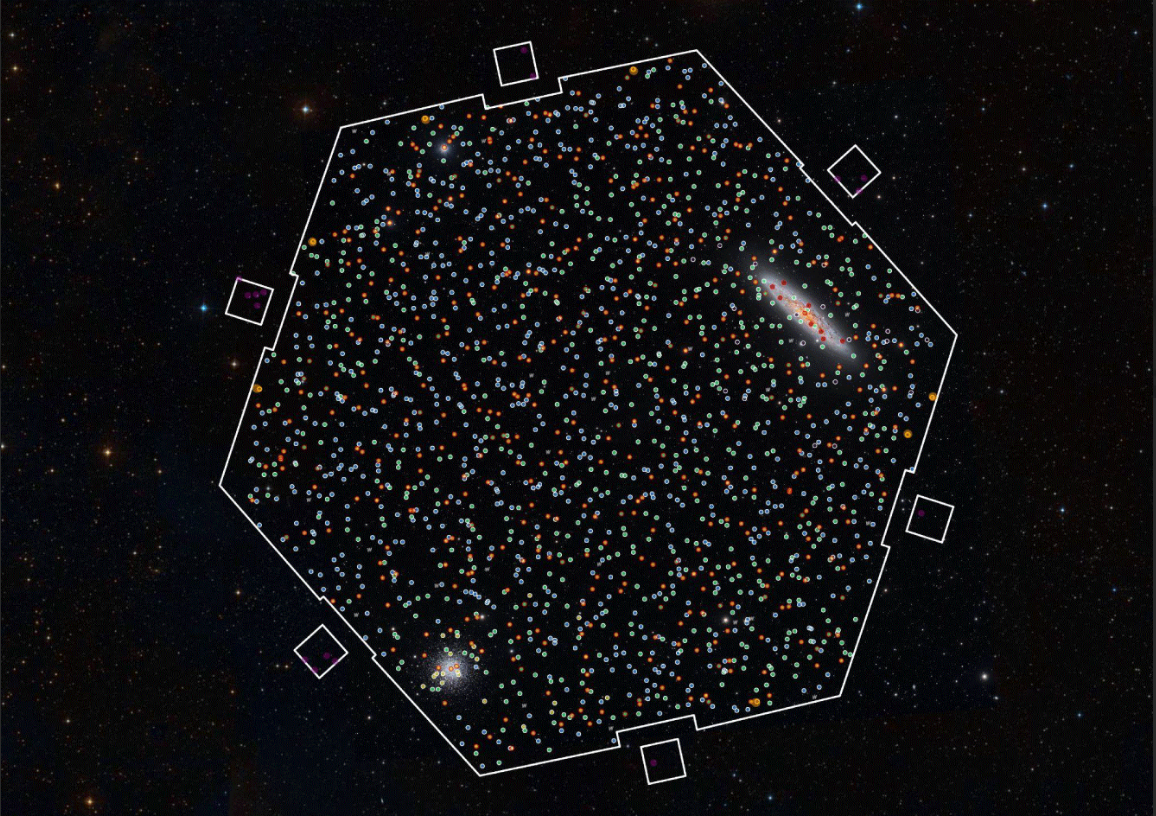 Publicado el: 29/10/2025Chile celebrates the first light of 4MOST: two major projects involving CATA astronomers begin to explore the Universe
Publicado el: 29/10/2025Chile celebrates the first light of 4MOST: two major projects involving CATA astronomers begin to explore the Universe -
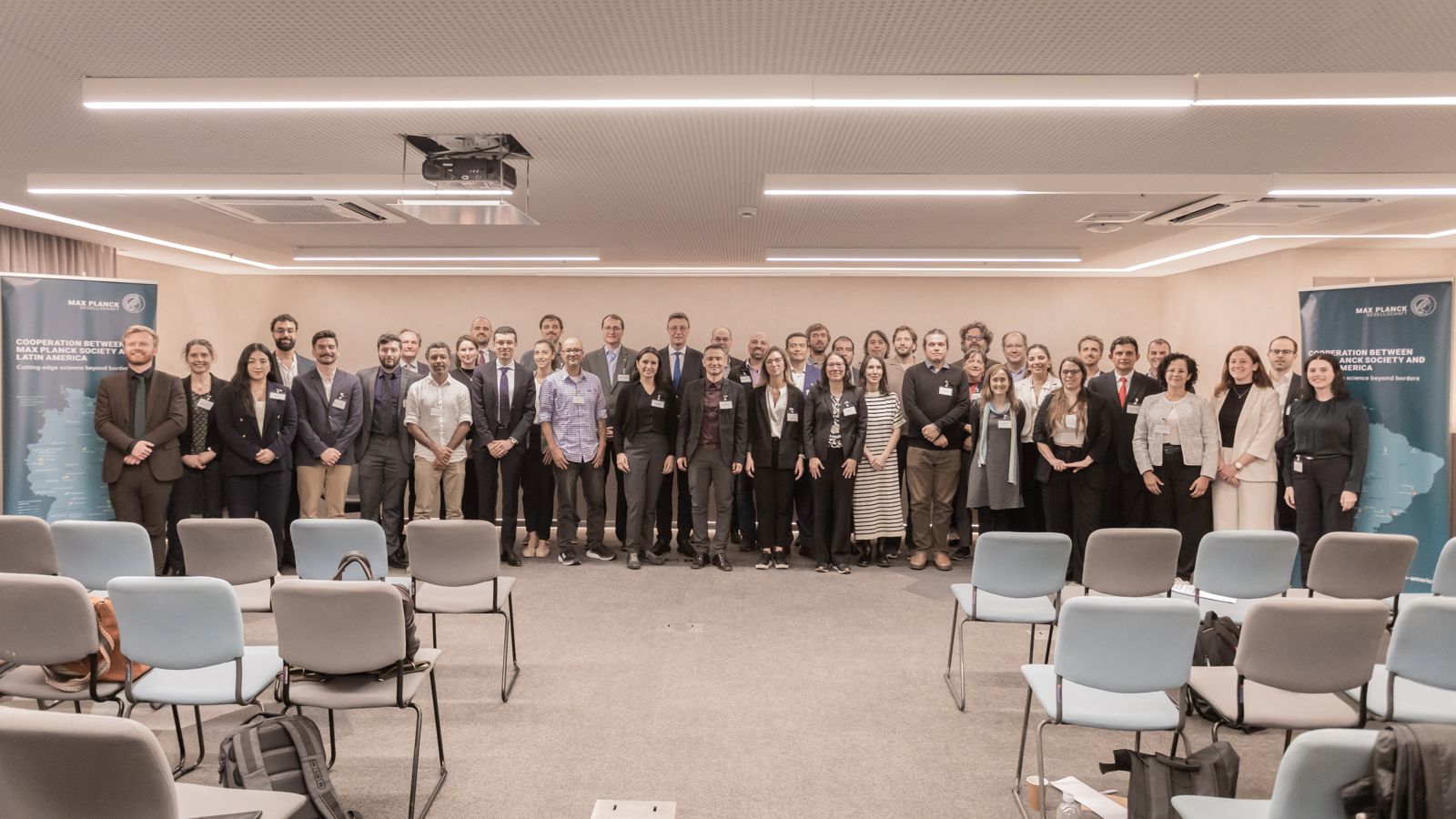 Publicado el: 24/10/2025CATA researcher participated in Max Planck regional meeting in Brazil
Publicado el: 24/10/2025CATA researcher participated in Max Planck regional meeting in Brazil
Categories list
- Acknowledgments 21
- Astrobiology 6
- AstroCluster 1
- Black holes 18
- Corporativo 57
- Cosmology 5
- Descubrimientos 22
- Disclosure 71
- Exoplanets 13
- Extension 4
- Galaxies 21
- Galaxies formation 5
- Inter y Transdisciplina 4
- Local Universe 16
- Publications 6
- Sin categorizar 34
- Solar System 21
- Stellar formation 8
- Technology 14
- Technology Transfer 16
